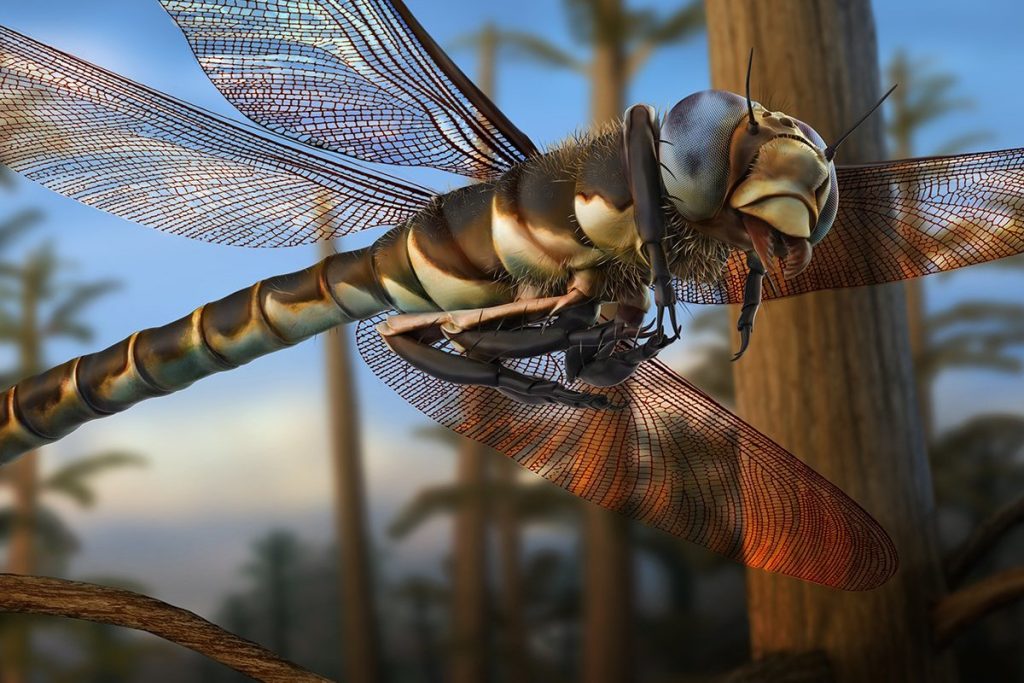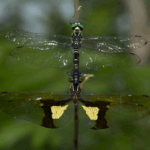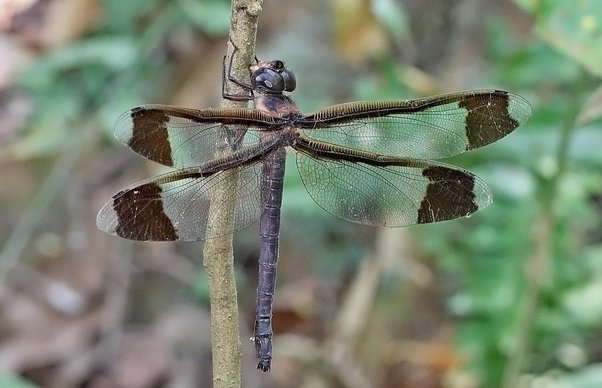
Did you know the biggest dragonfly in the world has a wingspan of 19cm?
There are a few contenders for the title of biggest dragonfly in the world, including the giant hawker from South-east Asia and Australia’s giant, both of which have wingspans of approximately 16cm (compared to 12cm for the largest UK species). These are also likely to be the heaviest odonates – the group that includes the more delicate damselflies.
But in terms of wingspan, the helicopter damselfly Megaloprepus caerulatus from the Central American rainforests is the biggest dragonfly, with a spread of 19cm.
Which is the largest species of dragonfly, and where does it live?
Technically, the largest dragonfly is the species Tetracanthagyna plagiata, which you can find in the humid forests and wetlands of Southeast Asia – specifically, in Indonesia, Brunei, Malaysia, Thailand and Singapore.
It’s both the largest dragonfly in terms of weight (roughly 7 grams) and wingspan (17 centimetres). As you can see, it is perfectly camouflaged among branches and leaf-litter on the forest floor.
That being said, there is a species of damselfly – known as Megaloprepus caerulatus – which has a greater span, measuring 19 cm from wingtip to wingtip. Damselflies are close relatives of dragonflies, but they are still separate groups.
The largest dragonfly in the world is the giant petaltail, Petalura ingentissima. It has a wingspan of 160 mm and lives in Queensland, Australia.
The largest dragonfly ever was Cymatophlebia suevica. It had a wingspan of 235 mm and lived 155.7 to 150.8 million years ago in the Jurassic of Germany.
Other insects related to dragonflies sometimes reach larger sizes, such as the damselfly Megaloprepus caerulatus at 190 mm, and the extinct Meganeuropsis permiana at 700 mm.
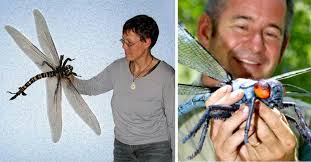
Nevertheless, damselflies are often referred to as dragonflies, so I’ll include this species here. In terms of weight, T. plagiata is definitely bigger but as said M. caerulatus has the bigger wingspan. It’s found in the rainforests of Central and South America.
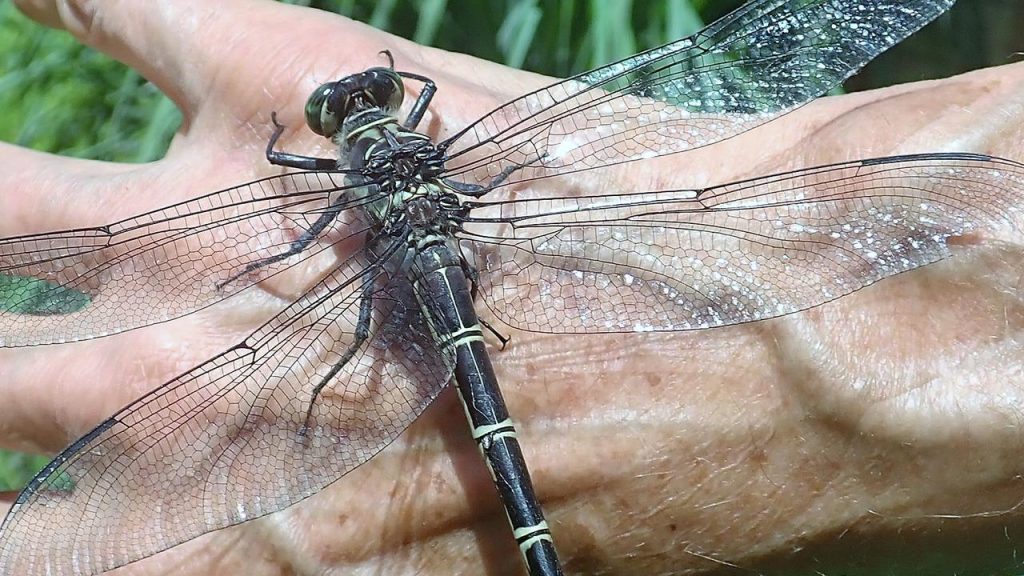
As an adult, Megaloprepus caerulatus primarily feeds on orb-weaver spiders, while the aquatic larvae eat mosquito larvae. The female lays her eggs in water-filled cavities on the branches of trees, known as phyotelmata.
In prehistoric times, there was an order known as the griffinflies which lasted from about 320 to 252 million years ago. Many griffinflies were much larger than any modern insects – one Permian species had a 70 centimetre wingspan – and resembled dragonflies in many respects, but nevertheless were a distinct, separate group..
The endangered giant dragonfly is one of the largestdragonflies in the world. It occurs along the coastand ranges of New South Wales and south eastQueensland and breeds in permanent peat swampsand bogs. The Blue Mountains and Newnes Plateauareas are considered a stronghold for the giantdragonfly.

